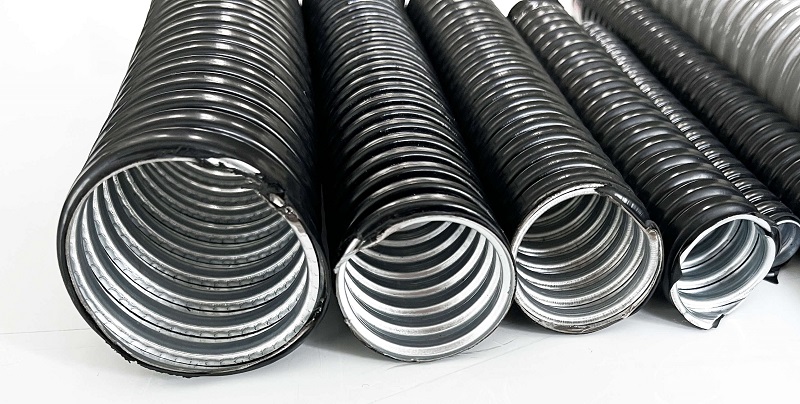| Products List | ||
| Online Service | ||
|
||
|
||
|
||
| Social Network Site | ||
| Manufacturing Process of Cable Conduits for Cable Protection |
|
Abstract: This article provides a comprehensive overview of the manufacturing process involved in creating cable conduits, which are essential for protecting cables. The article covers the materials used, the production steps, and the quality control measures in place to ensure the final product's reliability. Introduction: Cable conduits play a crucial role in safeguarding cables from various environmental and mechanical factors. The manufacturing process of these conduits involves multiple steps, from selecting suitable materials to the final quality checks. This article aims to detail each stage of the process to shed light on the complexity and precision required in creating effective cable protection solutions.
Materials Selection: The first step in manufacturing cable conduits is selecting appropriate materials. Conduits are commonly made from materials like polyvinyl chloride (PVC), high-density polyethylene (HDPE), or even metal (such as steel or aluminum). The material's durability, resistance to corrosion, temperature stability, and cost-effectiveness are key factors considered during the selection process. Extrusion: The most common manufacturing method for cable conduits is extrusion. The extrusion process involves melting the chosen material and forcing it through a die to create the desired shape – a cylindrical tube in the case of conduits. The extruded material is then cooled rapidly to solidify its shape. During extrusion, additives like UV stabilizers and flame retardants may be mixed with the base material to enhance the conduit's properties. Forming and Sizing: After extrusion, the conduit may undergo further forming and sizing processes. These steps involve shaping the conduit to meet specific dimensional requirements. Various techniques, such as vacuum calibration, can be used to achieve precise inner and outer diameters, ensuring compatibility with different cable sizes. Coiling and Packaging: Once the conduits are formed and sized, they are often coiled onto reels or spools for convenient transportation and storage. Proper coiling prevents kinks and damage that could compromise the conduit's integrity. Additionally, appropriate packaging is essential to protect the conduits from dust, moisture, and other environmental factors during shipping and storage. Quality Control: Quality control is a critical aspect of cable conduit manufacturing. Regular inspections and tests are conducted throughout the process to ensure that the conduits meet industry standards and customer specifications. These tests may include checks for dimensional accuracy, material consistency, impact resistance, and flexibility. Any non-conforming conduits are identified and removed from the production line. Conclusion: The manufacturing process of cable conduits involves a series of carefully orchestrated steps, from material selection to quality control. The choice of materials, extrusion, forming, sizing, coiling, and quality checks all contribute to producing reliable cable protection solutions. This article has provided a detailed overview of these processes, highlighting the precision and expertise required to manufacture cable conduits that effectively safeguard cables in various environments. |

